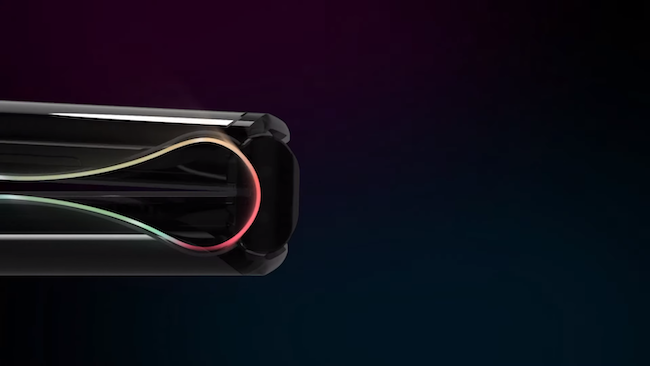
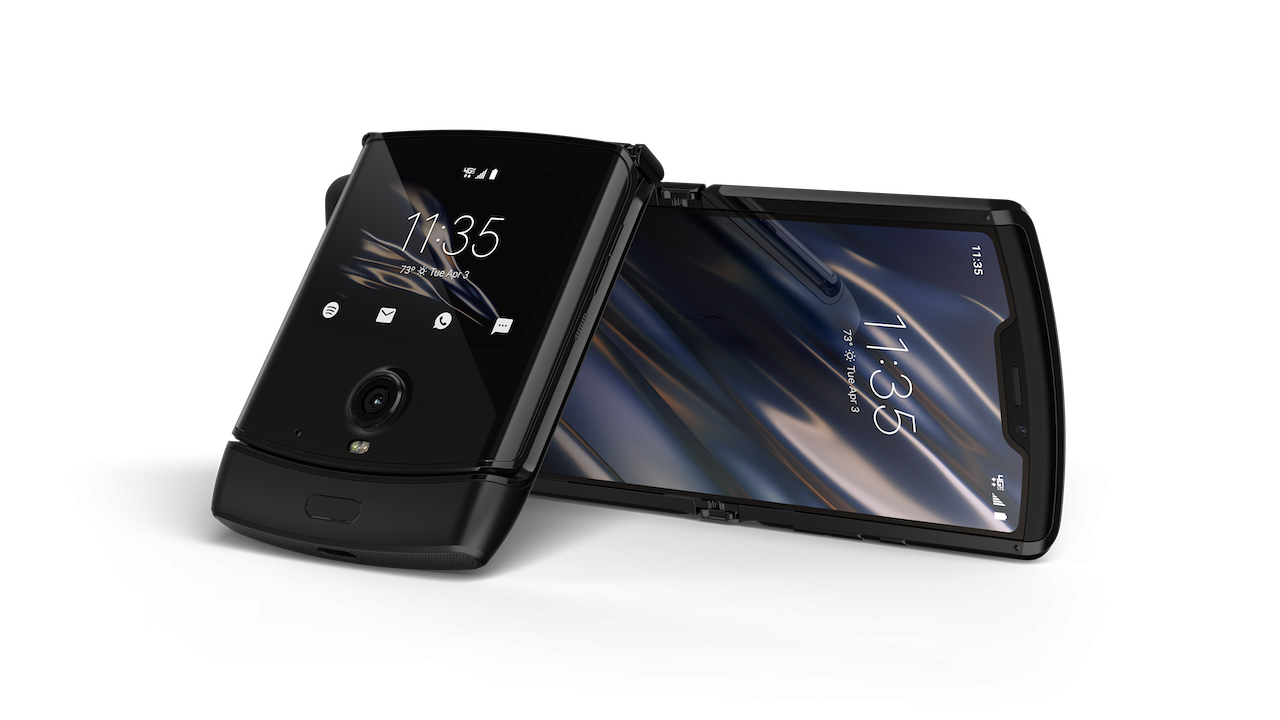 Widely leaked but still impressive: the new Motorola Razr
Widely leaked but still impressive: the new Motorola Razr
Sweet and divine, Razr of mine. Folding phones have had an already chequered history, but Motorola’s new Razr phone seems to be both agreeably retro and absolutely cutting edge.
Okay, hands up who remembers the clamshell phone? For those too young or who have just tried to edit it out of their memory, the clamshell was for a brief period of time one of the coolest mobile phone designs around. This was, of course, pre iPhone and the inevitable dominance of the mobile slab that was the consequence of larger and more capable touchscreens; a time when manufacturers came up with all sorts of ways to provide you with an-ever smaller device that could fit comfortably in your pocket and still function as a phone.
The Razr was probably the best of the bunch and for a brief period in 2005 was the achingly cool mobile accessory du jour. To see it return is something of a surprise, but the fact that it’s not just a retro throwback but features probably the best implementation of a folding screen we’ve seen yet is probably the biggest surprise of all (okay, widely leaked, so not that much of a surprise; but you get the point).
Instead of a keypad and small LCD screen inside the new Razr’s familiar shape is a 6.2in foldable, 21:9 plastic OLED screen running Android Pie (there’s also a smaller 2.7in screen on the outside of the phone for quick access to notifications etc). The company has used the design of the original to include some nicely modern twists — the curved ‘chin’ now hosts a fingerprint sensor and a USB-C port, for instance — but it’s the folding screen that’s grabbing attention.
Motorola’s bullish about how long it will last, saying “it will last for the average lifespan of a smartphone” without needing any special care and attention, and has really focussed on getting the hinge right. Designed with Lenovo it uses a combination of sliding plates and multiple hinges to produce a really flat surface on being flipped open and, what’s more, these all move out of the way to ensure a curved surface when folded. The result is no visible crease or even anything early reviewers have been able to feel with their fingers.
Here’s the sequence:
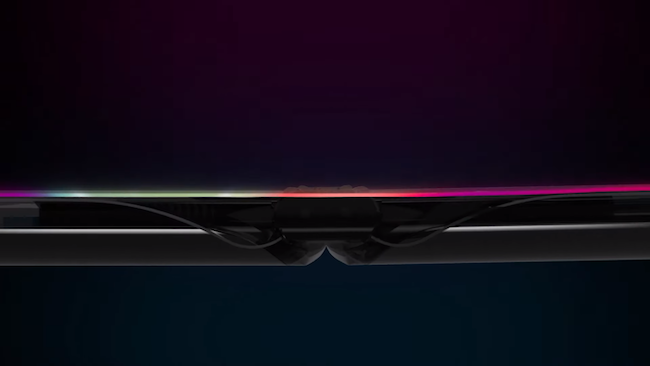
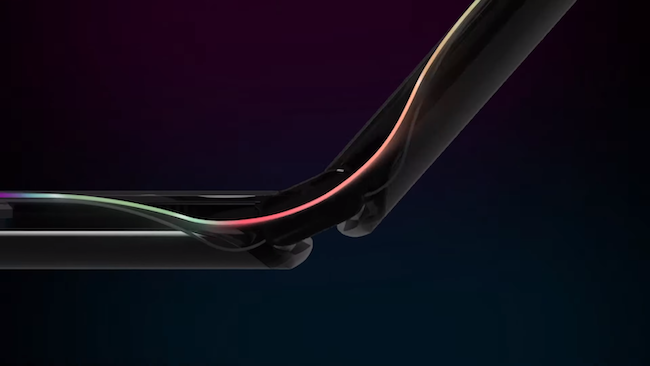
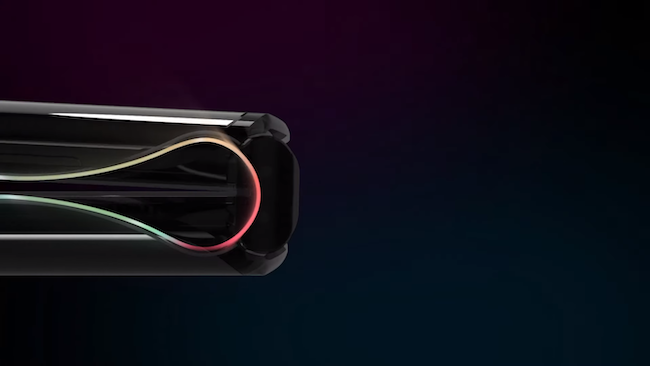
Caveats? The processor (a Snapdragon 710) is probably a bit underpowered for today’s market as is the camera, and there is speculation this might be because of some underwhelming battery life. We will also have to see exactly how well the screen performs out in the wild, but for the moment this is the first foldable that feels like a genuine goer. And if you really insist on the retro vibe, there’s even a fully functional Android skin that exactly emulates the original software, even down to being controlled by using the buttons replicated on the bottom half of the OLED screen.
The price is not emulated though, The Razr will cost $1499 when it ships in January in the US elusive to Verizon. The original could be picked up for $500 in 2004, just shy of $800 in today’s prices.
Tags: Technology


Comments